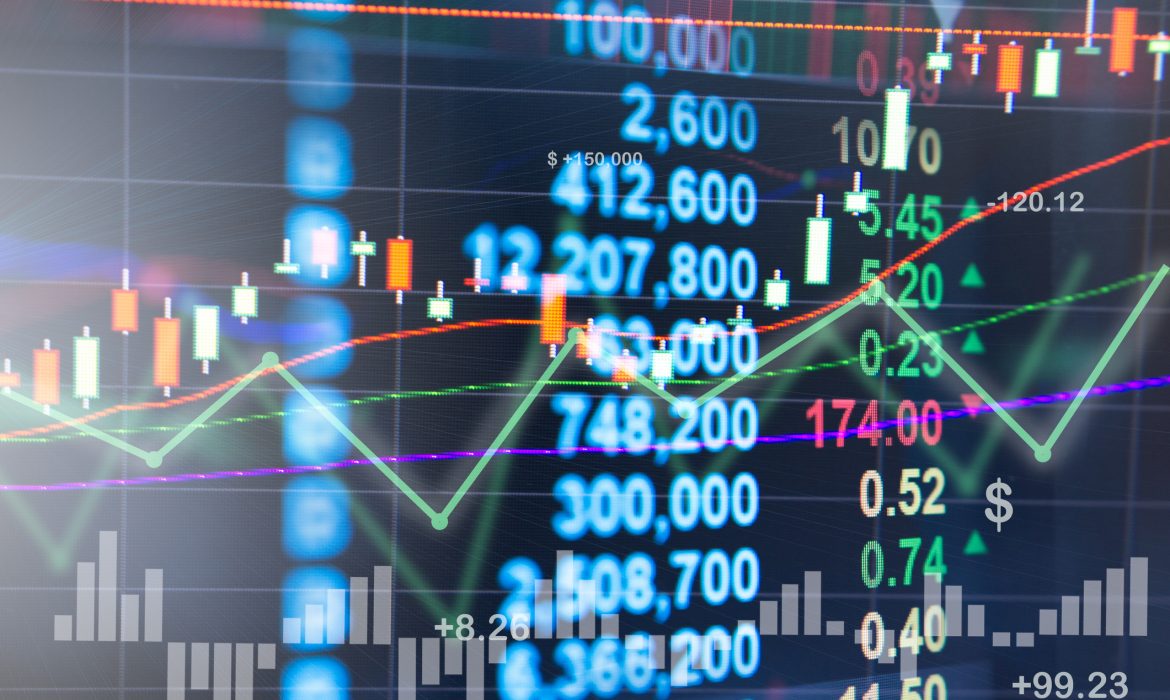World shares forged ahead on Tuesday and commodity markets drove higher as well, as investors shrugged off Sino-U.S. tensions to focus on more stimulus in China and a re-opening world economy.
Britain’s FTSE and Japan’s Nikkei led their regions with 1.2% and 2.2% gains, while the S&P 500 was preparing to go above 3,000 points for the first time since early March, when the economic impact of the coronavirus was just becoming clear.
Europe was powered by a near 7% surge in travel and leisure stocks, including at 35% gain by holiday firm and 20% jump in British Airways owner IAG, after Spain said that quarantine-free tourism would resume next month and as Germany edged towards a 9 billion-euro bailout of airline Lufthansa.
Italian, Spanish and other southern euro zone government bonds also gained on the hopes, and a weaker dollar helped the euro, the pound, and holiday-hotspot currencies like Turkey’s lira and Mexico’s peso.
“Investors are trying to be optimistic here and think that everything is going to be OK,” said Christopher Peel, the chief investment officer of Tavistock Wealth. “You can’t fight it … I’m not trying to fight it. But it is totally disconnected from economic reality.”
Overnight saw another high-profile casualty of coronavirus as Latin America’s largest airline, LATAM Airlines Group and its affiliates in Chile, Peru, Colombia, Ecuador filed for bankruptcy protection in the United States. The car- rental firm Hertz had done the same on Friday, but equity markets seemed in no mood to worry.
MSCI’s broadest index of Asia-Pacific shares outside Japan had advanced 1.7% overnight, with South Korea up 1.75% and Chinese blue chips 1.1% higher after the country’s central bank said it would continue to push to lower interest rates on loans.
While largely reiterations of past comments, they helped offset the war of words between Washington and Beijing over trade, the coronavirus and China’s proposals for stricter security laws in Hong Kong.
“U.S.-China tensions continue to simmer in the background, but equity investors appear more interested on the prospect of economies reopening around the globe,” said Rodrigo Catril, a senior FX strategist at NAB.
“On this score, Japan ended its nationwide state of emergency, Spaniards have returned to bars in Madrid wearing masks and England will re-open some businesses on June 1.”
In addition, Germany wants to end a travel warning for tourist trips to 31 European countries from June 15 if the coronavirus situation allows, the news agency dpa reported.
RISING TIDE
Bond investors suspect economies will still need massive amounts of central bank support long after they re-open, and that is keeping yields low even as governments borrow much more.
Yields on U.S. 10-year notes were trading at nearly 0.69% after rising to 0.68% last week, when the market absorbed a wave of new issuance.
The gains in U.S. yields might have weighed on the dollar but with rates everywhere near or less than zero, major currencies have been holding to tight ranges.
The dollar was down against the yen at 107.52, still within the 105.97 to 108.08 band that has lasted since the start of May. The euro gained to $1.0954, having spent the month so far between $1.0765 and $1.1017. The pound climbed 1% after the Bank of England’s chief economist said it was not “remotely” near taking interest rates negative.
Against a basket of currencies, the dollar was 0.5% lower at 99.160 but still sandwiched between support at 99.001 and resistance around 100.560.
Analysts at CBA felt the dollar could break higher should China-U.S. tensions actually threaten their trade deal.
“Although not our central scenario, if the U.S. or China were to withdraw from the Phase One deal, USD would sharply appreciate while CNH, AUD and NZD would decline,” they wrote in a note to clients.
In commodity markets, gold edged down 0.3% to $1,723 an ounce.
Oil prices were supported by falling supplies as OPEC cut production and the number of U.S. and Canadian rigs dropped to record lows for the third week running.
Brent crude futures rose 71 cents to $36.24 a barrel. U.S. crude gained $1.14 to $34.39.






